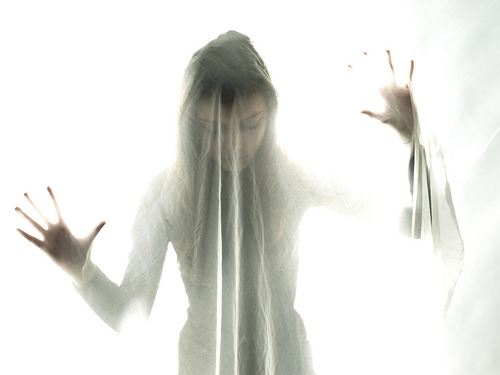Lifestyle Changes To Help Manage Depression & Anxiety

By: Mark Ingle
Depression and anxiety disorders are different, but people with depression often experience symptoms like those of an anxiety disorder, such as nervousness, irritability, and problems sleeping and concentrating. But each disorder has its own causes and its own emotional and behavioral symptoms.
Depression is a mood disorder that causes distressing symptoms that affect how you feel, think, and handle daily activities, such as sleeping, eating, or working.
Two of the most common forms of depression are:
- Major depression
- Persistent depressive disorder
Other depressions that occur under certain circumstances:
- Perinatal Depression
- Seasonal Affective Disorder (SAD)
- Psychotic Depression
Anxiety is a common emotion, often accompanied by physical feelings of uneasiness. These feelings urge us to escape or avoid a seemingly threatening situation.
Types of anxiety disorders:
- Generalized Anxiety Disorder
- Social Anxiety Disorder
- Panic Disorder
Anxiety and depression are common and each being associated with significant functional impairment and future mental health problems:
- Reckless behavior
- Poor School/Work Performance
- Relationship Problems
- Health Concerns
- Suicide
- Addiction
- Self-injury
Comorbidity means the presence of two or more distinct, co-occurring disorders in one person at the same time.
Individuals who are generally suffering from both anxiety and depression co-morbidly have been found more likely than those suffering from one or the other to use mental health services and to report more suicide attempts, periods of disability, greater life dissatisfaction, less job satisfaction, and less social stability.
Many people who develop depression have a history of an anxiety disorder earlier in life. There is no evidence one disorder causes the other, but there is clear evidence that many people suffer from both disorders.
Treatment for Anxiety & Depression
- Medications called antidepressants can work well to treat depression. They can take 2 to 4 weeks to work.
- Psychotherapyhelps by teaching new ways of thinking and behaving, and changing habits that may be contributing to depression.
- Electroconvulsive therapy (ECT) and other brain stimulation therapies may be an option for people with severe depression who do not respond to antidepressant medications. Yes, this is the brain shock thingy however ECT is the best studied brain stimulation therapy and has the longest history of use
Medication treatment of anxiety is generally safe and effective and is often used in conjunction with therapy. Medication may be a short-term or long-term treatment option, depending on severity of symptoms, other medical conditions, and other individual circumstances.
Nor anxiety or depression is curable however there are ways to help yourself cope and manage the symptoms along with taking prescribed medication.
- 5 X 30: Jog, walk, bike, or dance three to five times a week for 30 minutes.
- Set small daily goalsand aim for daily consistency rather than perfect workouts. It’s better to walk every day for 15-20 minutes than to wait until the weekend for a three-hour fitness marathon. Lots of scientific data suggests that frequency is most important.
- Find forms of exercisethat are fun or enjoyable. Extroverted people often like classes and group activities. People who are more introverted often prefer solo pursuits.
- Distract yourselfwith an iPod or other portable media player to download audiobooks, podcasts, or music. Many people find it’s more fun to exercise while listening to something they enjoy.
- Recruitan “exercise buddy.” It’s often easier to stick to your exercise routine when you must stay committed to a friend, partner, or colleague.
- Be patientwhen you start a new exercise program. Most sedentary people require about four to eight weeks to feel coordinated and sufficiently in shape so that exercise feels easier.
- Be creative. Direct your focus into something constructive. Rediscover your strengths. If you have a long-lost talent or interest, dive back into it. Try poetry, music, photography, or design.
Watch to see how exercise helps change your mood
Top foods to eat to help with depression/anxiety
Here is a link to screening tools that can be shared with your health care provider:
https://adaa.org/living-with-anxiety/ask-and-learn/screenings
Take a deep breath and H.O.P.E (Hold on Pain Ends)
References
Cummings, C. M., Caporino, N. E., & Kendall, P. C. (2014). Comorbidity of anxiety and depression in children and adolescents: 20 years after. Psychological bulletin, 140(3), 816.
https://adaa.org/tips-manage-anxiety-and-stress
http://www.ulifeline.org/articles/396-the-dangers-of-depression
Pandey, S. C. (2014). Anxiety and Alcohol Use Disorders: A Perspective from Molecular and Epigenetic Studies. In Neurobiology of Alcohol Dependence (pp. 451-466). Elsevier Inc.. DOI: 10.1016/B978-0-12-405941-2.00022-5
